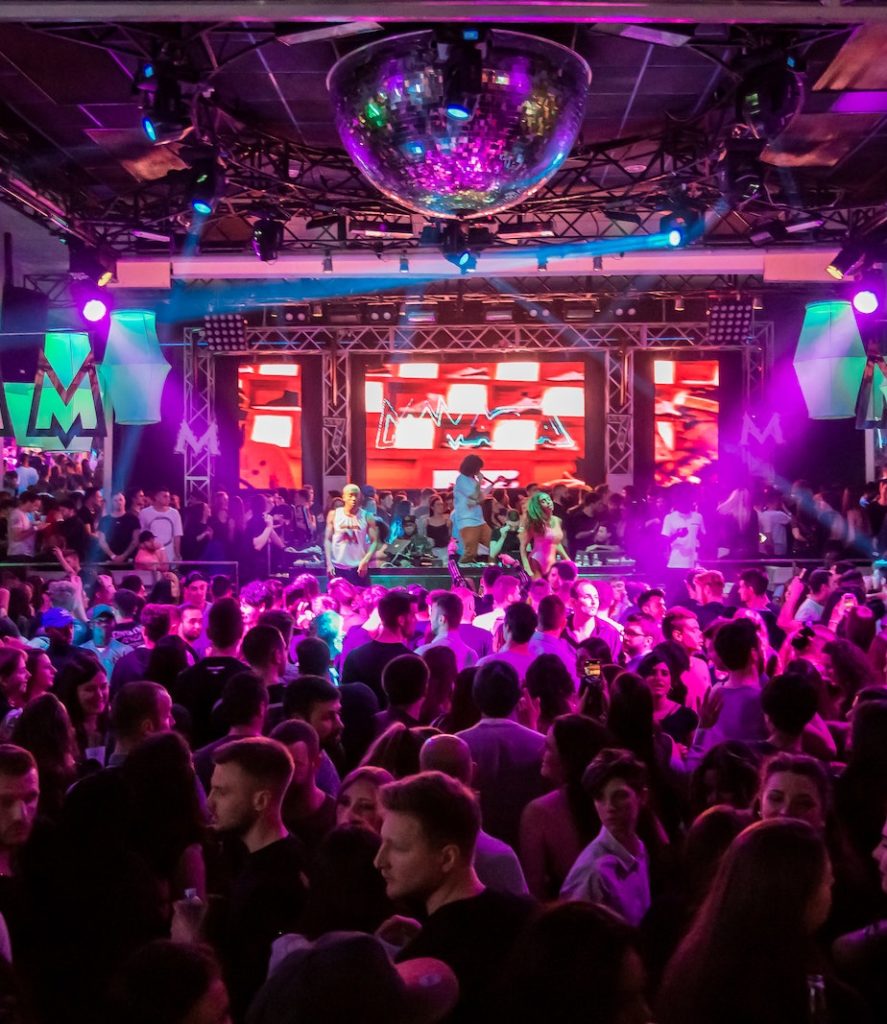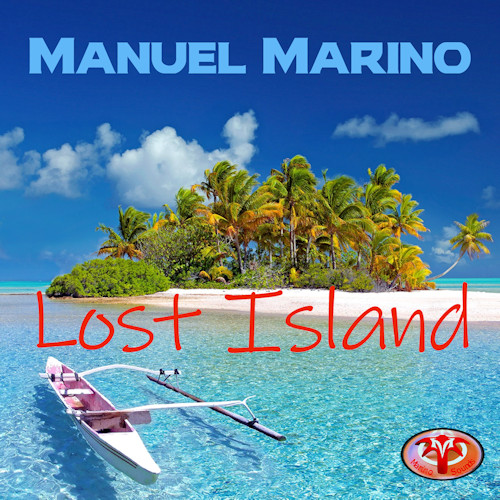
Have you ever found yourself dancing in a club, utterly absorbed in the melody, feeling as if the trance music TranceEngine from FeelYourSound - Today we review TranceEngine from FeelYourSound TranceEngine VST and AU plug-in (feelyoursound.com) With this impressive VST plugin you can create Trance sequences to be included in your Trance masterpiece and you will create stunning tracks like my Dream a Trance Music To create the first sequences for your track it's very easy. Let's start from… is flowing through you and guiding your body’s movements? This is an experience I’ve had numerous times during carefree nights at local techno clubs
I’ve often wondered which type of techno generates this unforgettable sensation and discovered that it’s the electronic music House Music - A Fast Developing Trend inside Music business - House Music: A Synthesized Electronic Dance Genre House is a synthesized electronic dance genre that emerged in the mid-1980s. It originated in Chicago, where it was first produced by DJs in local clubs, drawing inspiration from a variety of music styles such as funk, dance, and disco. The origin of the name "house music" is… style known as trance.
The Essence of Trance Music
Trance is a multifaceted electronic dance music genre with more subgenres than any other, reflecting the creative freedom and diversity within the realm of trance music. With few rules to follow, it is an incredibly free-flowing style of music that encourages innovation and experimentation. Trance tracks are typically melodic, repetitive (in a positive, hypnotic way), and partly derived from house music. Songs can be either energetic, amping up the crowd, or very calm, lulling the listener into a trance-like state. This wide-ranging emotional spectrum allows trance music to cater to various moods and preferences, offering something for everyone within its vast array of subgenres, such as progressive, uplifting, psytrance, and vocal trance. The genre’s ability to evoke powerful emotions and transport listeners into a state of euphoria has contributed to its enduring popularity and global appeal, capturing the hearts of electronic dance music enthusiasts and transcending cultural boundaries.
Blending Various Electronic Music Styles
Trance music combines various types of electronic music, such as commercial, house, and techno, creating a unique and captivating blend of sounds and rhythms. It comprises beat combinations that usually range between 130 and 160 beats per minute, although this number can vary depending on whether the track is an anthem or a chill-out tune. The genre’s versatility allows for a broad spectrum of emotions and energies, catering to different moods and preferences. Additionally, trance music often features melodic and harmonic elements, incorporating synthesizers, arpeggios, and atmospheric pads, which contribute to the genre’s distinct ethereal and uplifting qualities. The fusion of these diverse components results in a rich and immersive auditory experience that has captivated audiences worldwide, solidifying trance music’s position as a beloved and enduring genre within the electronic dance music scene.
Origins and Evolution of Trance
The genre is thought to have originated in Germany in the 1990s, but its true beginnings are debated. Some argue that trance’s roots can be traced back to the introduction of synthesizers in the 1970s and 1980s, which enabled the creation of the mesmerizing sounds and repetitive beats characteristic of the genre. Others believe its origins are linked to the trance-like states found in shamanism and elements of Buddhism, reflecting the spiritual and hypnotic nature of the music. Regardless of its exact beginnings, the 1990s was the decade when trance extended its influence and gained widespread popularity, attracting a global audience and giving rise to numerous subgenres and styles. This period saw the emergence of iconic artists and DJs who helped shape and define the genre, leaving an indelible mark on the electronic dance music landscape and solidifying trance’s position as a powerful and enduring form of musical expression.
Historical Trance Instruments
Historically, trance music was created using objects like rattles, drums, and other percussion instruments. Since trance was designed to mimic the heartbeat, it is believed to have been used in ancient shamanic rituals to achieve a trance state. This type of music helped induce altered states of consciousness, allowing participants to connect with the spiritual realm or facilitate healing processes. Over time, as societies evolved and musical instruments advanced, the concept of trance music also transformed. Today’s trance music, while rooted in these ancient practices, has taken on a new form in electronic dance music culture. Modern trance music incorporates synthesizers, sequencers, and electronic effects, blending the hypnotic elements of its historical origins with cutting-edge technology, creating an immersive and mesmerizing auditory experience for listeners worldwide.
Modern Trance Production
Trance music has evolved significantly since its inception, with various synthesizers, sequencers, and electronic effects now employed to produce the genre as we know it today. Roland TR 808, TR 909, and TB 303 instruments are the foundation for creating trance. Although these instruments were developed about 20 years ago, it is still common for new bass synths and drum machines to emulate their original sounds. This is a testament to their timeless and influential qualities, which have shaped the genre’s development and continue to inspire modern trance producers. As technology advances and new tools become available, trance music will undoubtedly continue to evolve, while still retaining its roots and the iconic sounds that have made it a beloved genre among electronic dance music enthusiasts around the world.
Experience Trance Music for Yourself
While I can describe how trance is created and how it sounds, nothing compares to listening to it yourself and experiencing its emotive and captivating qualities firsthand. Now that you have a basic understanding of the vast world of trance and its different subgenres, I recommend starting your journey with a more commercial album, perhaps by artists like ATB or Paul Oakenfold. These artists offer a great introduction to the genre, showcasing its unique elements and various styles. As you delve deeper into trance music, explore the works of other influential artists and DJs, attend live events or festivals, and immerse yourself in the rich culture surrounding this powerful and hypnotic form of electronic dance music.
Manuel Marino is a seasoned Senior Producer, Music Composer, and Artist with over a decade of experience. He specializes in branded entertainment across various mediums, including video games, films, and advertising campaigns. With 20+ years as a game music composer, Manuel has worked on numerous platforms, creating diverse orchestral soundtracks. HIRE ME


 Manuel is a passionate, driven, and techsavvy AV technician,
Manuel is a passionate, driven, and techsavvy AV technician, 




